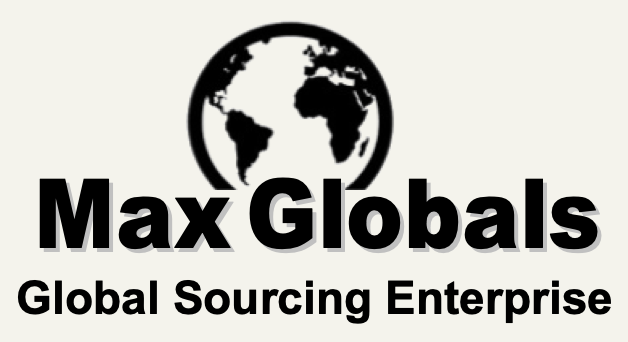Ref: Global Market Insights
Steel Rebar Market size valued at USD 99.48 billion in 2020 and will showcase a growth rate of around 4% CAGR from the period of 2021 to 2027. Growing urbanization, population, and rising disposable income levels of people are driving the residential and commercial construction activities, thereby supporting the industry growth. Booming infrastructural developments and establishment of new industrial plants in the emerging economies, such as India and China, are supporting the product demand. Rising per capita income, growing population, and improving standards of living will offer a positive outlook for the residential sector in the upcoming years. Moreover, several countries across the globe, such as India and others, are proposing major smart city and housing projects to support the residential sector.
Rapid urbanization is offering opportunities to emerging economies for development and economic growth. Supportive efforts are being made by several regions to offer solutions to key challenges faced. These efforts include smart city projects, forming policies to support residential construction industry along with others. According to the Master Plan on ASEAN Connectivity 2025, around 26 pilot smart cities have been selected from ten ASEAN Member States in the ASEAN Smart Cities Network (ASCN). All these activities will support the demand for reinforced bar over the forecast timeframe.
Mechanical properties of reinforced steel, such as high yield strength, malleability, durability, and thermal resistance, will help in driving the overall steel rebar market. Steel is used as a reinforced bar owing to its elongation property in high temperatures, nearly equaling concrete. The proliferating industrialization across the globe will drive product consumption till 2027.The rising popularity of skyscrapers and high-end building constructions in the Middle East coupled with regain of the construction industry in Europe will also drive the global construction industry. According to the World Steel Association database, crude steel production of Saudi Arabia stood around 8,191 thousand tons in 2019. However, frequent fluctuations of raw material prices and finished products along with depleting iron ore reserves may adversely impact the supply chain. Slowdown of demand for finished steel products owing to COVID-19 pandemic adversely affected the market in 2020 and is expected to have the impact for a short time. Furthermore, supportive government policies and future megaprojects will generate favorable outcome in the near future.
Deformed steel rebar dominate the market owing to minimum slippage over concrete and development of new products
Deformed steel reinforcing bar dominates the industry and accounts for around 75% of the volumetric steel rebar market size in 2020. The product has ribs & lugs on the surface and indentation, enabling it to overcome slippage unlike mild steel bar and helping to achieve good bonding between rebar and concrete. They have excellent tensioning ability and are flexible, thus being suitable for all types of projects including columns, prefabricated beams, concrete cages, slabs, etc. Additionally, development of new deformed products, such as compact coil of deformed reinforcing bar, will further support the market demand. The new product developed by Topy Industries requires only one-third of the storage space as that of straight bars. Further, straight bars are around 12-meters long, however the new product is 2,000-meter-long, allowing any product length to be selected and drastic reduction in bending and cutting work at the construction site.
Environmental benefits related to electric arc furnace process are supporting its adoption
The electric arc furnace segment will exhibit a faster pace and is expected to showcase around 4% CAGR through 2027 owing to its widespread adoption by rebar producers across several regions such as Asia Pacific and the Middle East & Africa. The electric arc furnace process involves the usage of recyclable materials including scrap metals, thereby generating low pollution along with limiting wastage compared to other processes. The products manufactured from this process can further be processed in the rolling mills for development of long bar products. This process results into noteworthy savings of resources & energy and contributes to lower wastage. It offers substantial environmental benefits than basic oxygen steelmaking and is a cost-effective method.
Growing investments in the public infrastructure sector

The steel rebar market from public infrastructure application is predicted to generate around USD 84 billion revenue by 2027. Mega infrastructure development projects backed by huge investments and supportive policies for FDI in the construction industry will drive the demand for reinforced bar products. Moreover, the governments in emerging economies have introduced various projects including the construction of retail shopping centers,
educational hubs, hotels, and amusement/recreation. The healthcare sector has experienced a large increase in the number of people with insurance coverage, creating increased demand for hospitals and other medical facilities.
Asia Pacific steel industry will drive the market
Asia Pacific will be the largest steel rebar market due to rapid construction activities and proliferating industrialization across the region. APAC is forecast to expand at around 4% CAGR from 2021 to 2027. Several regional countries including India, China, South Korea, and others have large production capability of these reinforced bars. The region is also dominated by many small and medium-scale rebar manufacturers, especially in China, Japan, South Korea, and India. In addition, investments in infrastructure by Indonesia are estimated to surpass USD 165 billion by 2025, thereby creating large market growth opportunities.

